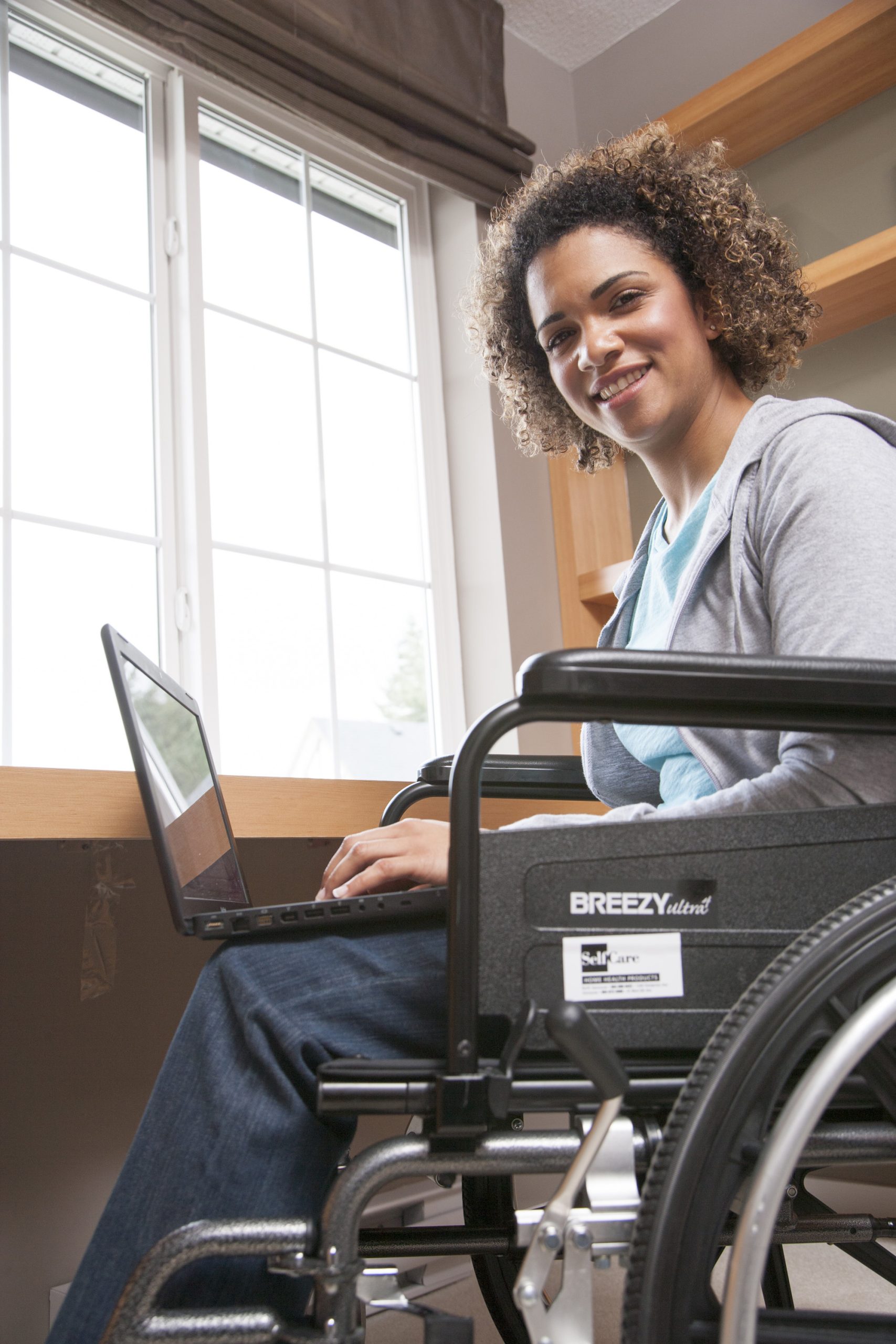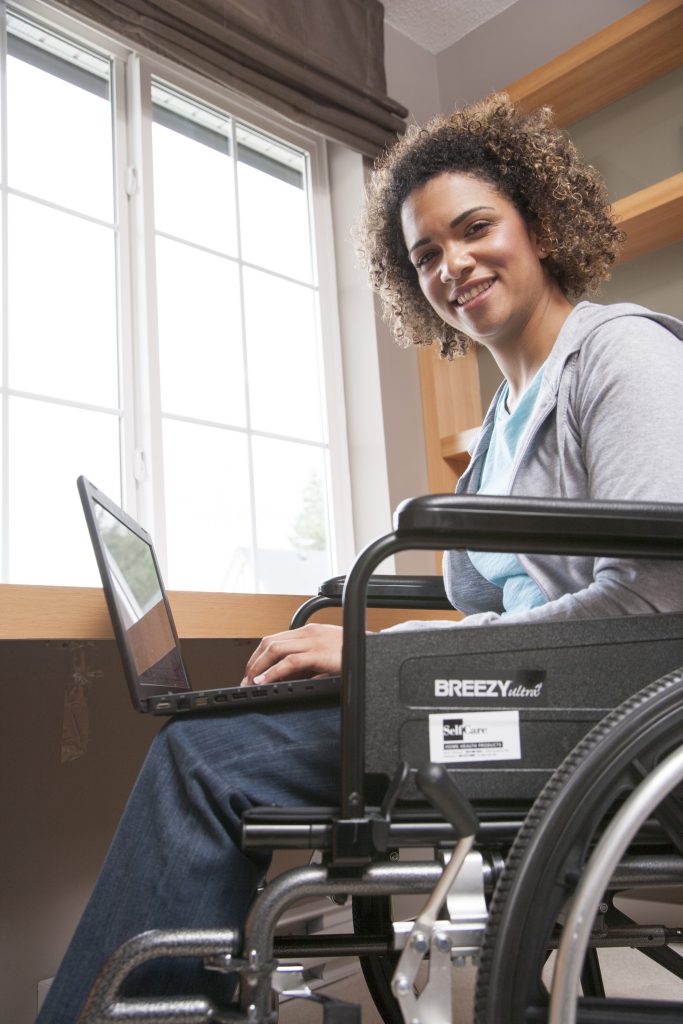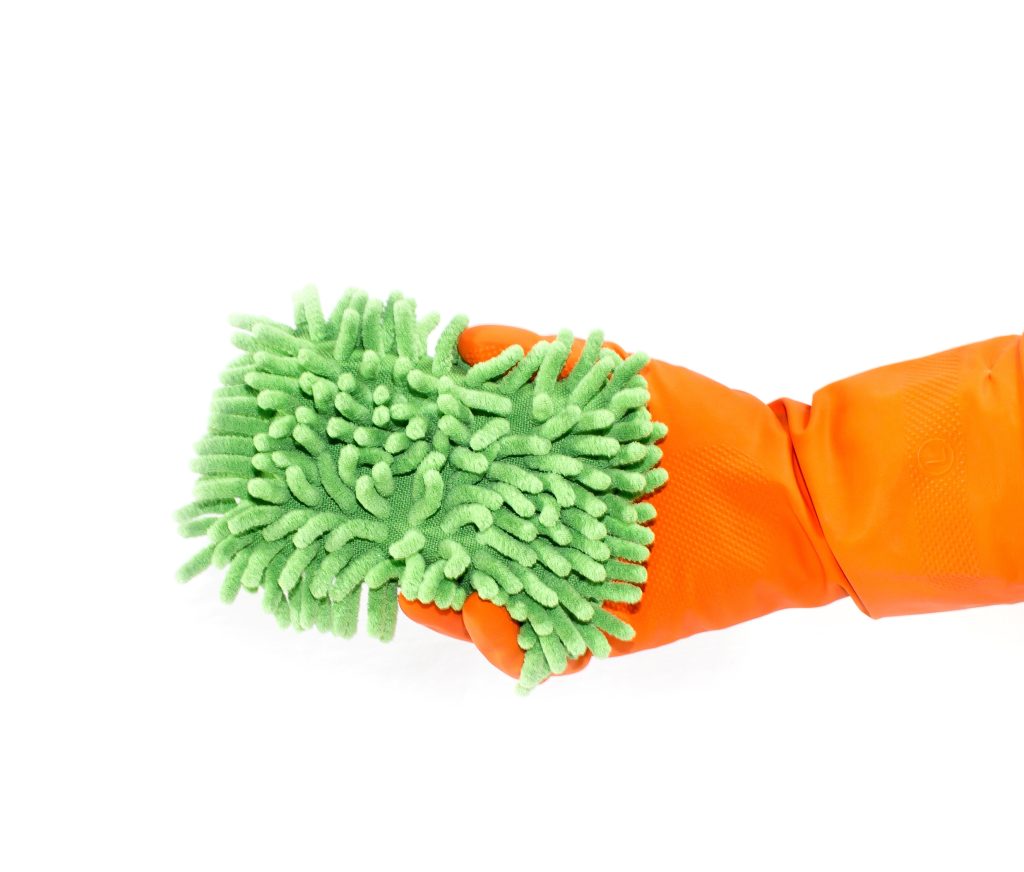Introduction to Cleaning for People with Disabilities
Cleaning is an essential part of maintaining a healthy and hygienic living space, but it can be challenging for people with disabilities. Many cleaning products and tools are not designed with accessibility in mind, making it difficult for individuals with mobility issues or other physical limitations to keep their homes clean. However, there are ways to make cleaning more accessible and inclusive, ensuring that everyone has the opportunity to live in a safe and sanitary environment.

The Importance of Accessible and Inclusive Cleaning Practices
Accessible and inclusive cleaning practices are crucial for people with disabilities because they allow them to maintain their independence and reduce the risk of injury or illness caused by unsanitary conditions. For example, someone who uses a wheelchair may have difficulty reaching high surfaces or navigating around furniture, making it challenging to clean certain areas of their home. By using adaptable tools and techniques, however, they can overcome these obstacles and maintain a clean and organized space.
Tips for Maintaining a Clean Space when Living with a Disability
Here are some tips for maintaining a clean space when living with a disability:
1. Use adaptable cleaning tools: Look for cleaning tools that are designed to be used by people with disabilities, such as long-handled dustpans or reachers. These tools can help you clean hard-to-reach places without straining your body.
2. Create a routine: Develop a cleaning routine that works for you, taking into account any physical limitations you may have. Make sure to prioritize tasks based on importance and ease of completion.

3. Declutter regularly: Keeping clutter under control can make cleaning easier and safer. Try to declutter regularly, removing items from floors and countertops that could pose a tripping hazard.
4. Use assistive technology: There are many types of assistive technology available that can make cleaning easier for people with disabilities. Examples include voice-activated vacuums, robotic mops, and automatic floor sweepers.
Adapting Your Cleaning Routine to Meet Your Needs
When developing a cleaning routine, it’s essential to take into account your specific needs and abilities. Here are some steps to follow:
1. Identify problem areas: Take note of areas in your home that are particularly challenging to clean, such as high shelves or tight corners.
2. Assess your abilities: Consider your physical capabilities and any limitations you may have. Be honest about what you can and cannot do.
3. Adapt your tools: Look for cleaning tools that are adapted to meet your needs. For example, if you have limited grip strength, look for tools with built-in handles or ergonomic designs.
4. Prioritize tasks: Determine which cleaning tasks are most important and focus on those first. You may need to break down larger tasks into smaller, more manageable ones.
Conclusion: Making Cleaning More Accessible and Inclusive
In conclusion, making cleaning more accessible and inclusive is critical for people with disabilities. By using adaptable tools and techniques, creating a routine, and prioritizing tasks, individuals can maintain a clean and organized living space despite physical limitations. It’s also essential to raise awareness about the importance of accessible and inclusive cleaning practices, encouraging manufacturers to design products that meet the needs of all consumers.


